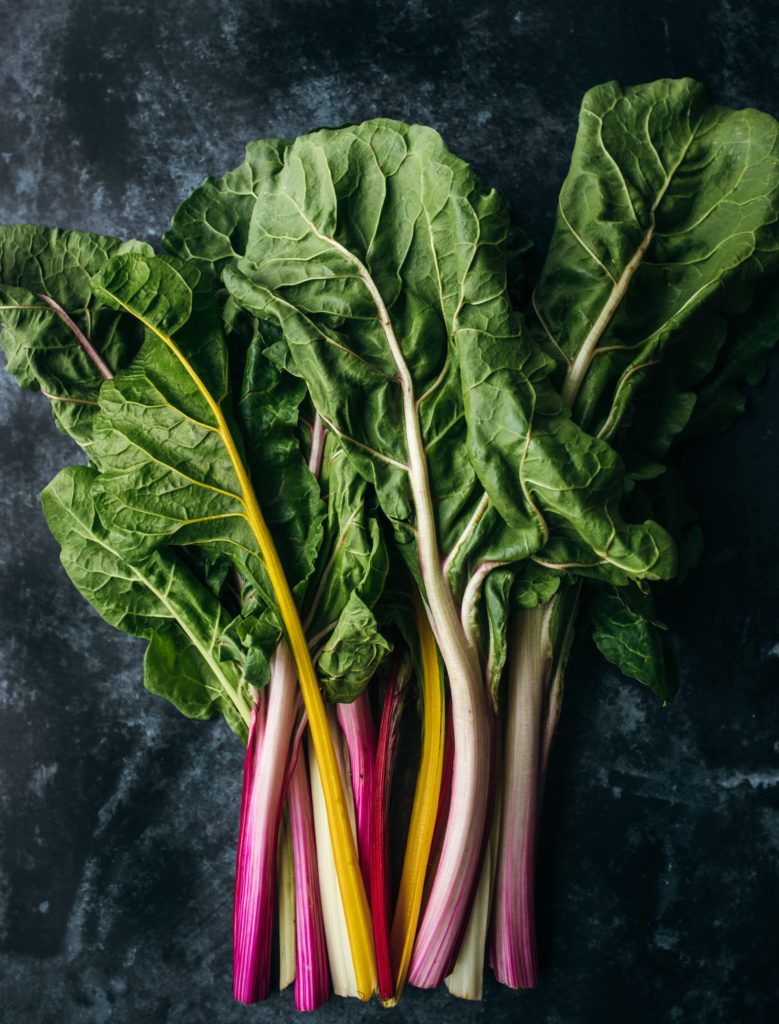
This is the first in a series that I’ll be working on throughout the winter, as I enjoy a respite from gardening and focus instead on indoor projects (and reading in front of a fire with a warm beverage, of course). After four years of gardening in Southern California where it’s possible to have a thriving veggie garden year round, I’m eager for a break. It was just too much sometimes! There was always something to prune, seeds to start, seedlings to transplant, plants to harvest. In the first installment of Veggie Spotlight, we’re discussing one of my favorite leafy greens: Swiss chard!
The first time I remember encountering Swiss chard was when I lived in Brooklyn and was a member of the Park Slope Food Co-Op. In fact, that was my first run in with a lot of unusual vegetables, and really where I developed an interest in gardening. Part of being a member at the co-op required 2.5 hours of work every four weeks, and I had a 5:30AM produce stocking shift. It enabled me to intimately get a feel for the seasonality of produce -- we oftentimes sampled fruits at the peak of the season and the difference in a few weeks in certain fruits was night at day. If you’ve ever eaten a watermelon in February and one in August, you know what I’m talking about. It’s a crime to even call the February fruit a watermelon, honestly.
But back to Swiss chard! I initially was drawn to this leafy green when I unboxed bunches of it and was wowed by the enormous rainbow stems. You know how we’re always told to eat the rainbow? Grow some Swiss chard and, depending on the varieties, you’ll be blown away by the vibrant stems. My personal favorites are 'Bright Lights' and 'Peppermint.' Read on more information about this wonder veggie!
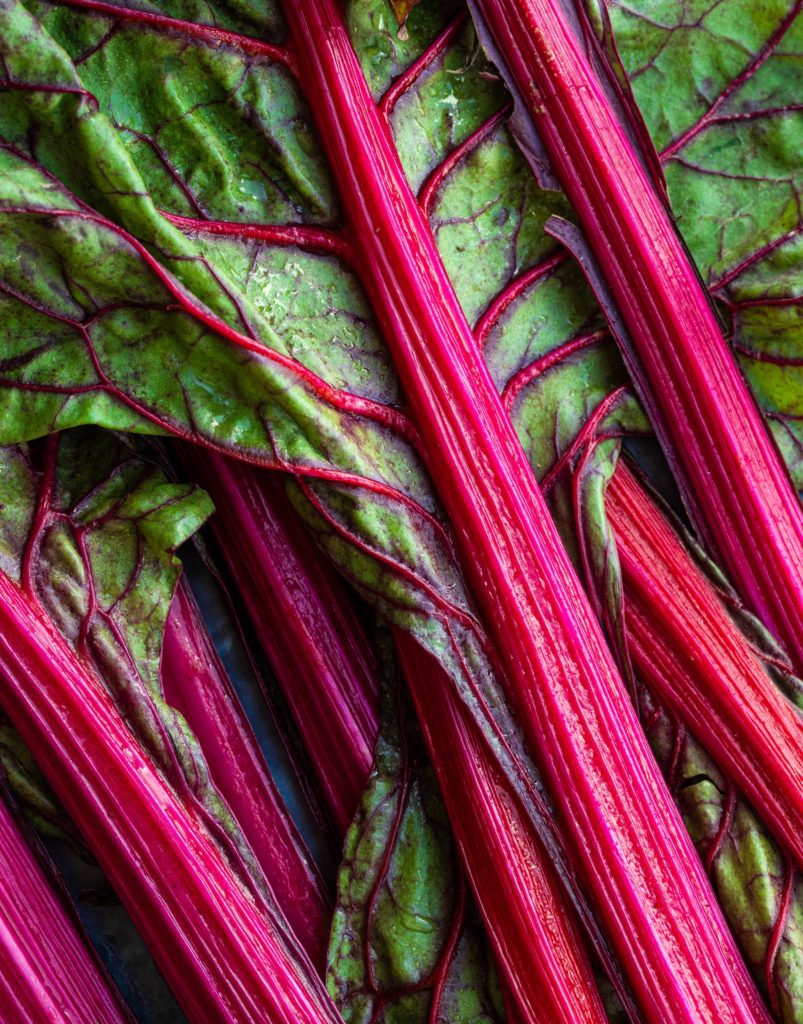
What is Swiss chard?
Closely related to beets, you’d be forgiven for getting your poorly labeled seedlings confused. It happened to me this year, oops! According to Burpee:
“Technically, they are both Beta vulgaris, but beets have been hybridized and developed for their roots, and Swiss chard has been bred for the above-ground part of the plant, its magnificent leaves and stems.”
Swiss Chard is recognizable by its enormous shiny, wavy leaves and rainbow colored stems -- they can be found in green, white, red, orange, yellow, and pink.
If you find kale and collards too bitter, you might like Swiss chard, which is milder and more similar to spinach. My toddler daughter enjoys gnawing on raw stems, and it’s easy to sneak the greens into smoothies.
Why should I grow it?
It's one of those great garden plants that produces prolifically, knocks it out of the park in the nutrient department, and adds a beautiful touch to the landscaping. The rainbow colored stems and humongous leaves make it a real showstopper in the garden! I love interplanting it with annual flowers, along with tucking it everywhere I can in the garden. It's one of my absolute favorite vegetables to grow.
I've also found that it wilts a little more easily than kale or collards, so I've always been underwhelmed when purchasing it even from a farmers market. It really is best when it's freshly harvested!
When should I plant Swiss chard?
You'll need to wait 25 days for a salad greens harvest or 50 days for a full leaf harvest. Each Swiss chard seed often has 3-5 actual seeds inside, so be sure to thin, thin, thin! I got lazy this fall and had 4 plants sprouting from seeds and kept forgetting to thin them.
Swiss chard will grow well in a range of full sun to part shade, so it’s a good plant to tuck in around the garden where you have extra space.
- You can direct sow Swiss chard seeds 2-3 weeks before your last frost date.
- For transplanting, start seeds indoors 8-10 weeks before last frost date.
- For a fall crop, plant seeds 40 days before your first fall frost date. Some Swiss chard varieties can tolerate a light frost, so check the seed packet of what you’re sowing!
When do I harvest?
- You can start harvesting when the plants are 6-12 inches tall, depending on which size leaves you desire. Smaller ones are more tender.
- Use cut-and-come-again harvesting to prolong the life of your plant. Cut the older, outer leaves at the base of the stem, never removing more than ⅓ of the plant. This ensures the plant isn’t shocked and will continue producing strongly. Cut off outer leaves 1-½ inches above the ground with a sharp knife. Avoid damaging the plant’s center.
- Harvest regularly -- I’m still harvesting now, in September, from the plants I put in the ground in May!
- For continual harvests throughout the season you can utilize succession planting, sowing new seeds every couple weeks throughout the growing season. This is a good idea in theory but I never remember to do it. Maybe someday.
How do I use the Swiss chard that I grew?
Separate the leaves from the thick stems, as the stems take a bit longer to cook. The way I always recommend people try Swiss chard first is to sautee it with some olive oil, salt, pepper, garlic, and a dash of lemon juice. Remove the stems and chop those up to cook for 5 minutes before added the leaves.
The stems can also be used as veggie sticks for dip or to beef up a hearty veggie soup. Swiss chard leaves are also great as a raw salad if you’re totally over kale by this point. You could even use this salad dressing! I also love topping veggie pizzas with copious Swiss chard because you trick yourself into thinking you’re being A Very Healthy Person even if said pizza is covered in pepperoni and cheese.
Another way I love using Swiss chard is by adding it to a burger, a sandwich, or a wrap in place of lettuce! Really, you can use it anywhere you’d normally use lettuce, spinach, or kale -- casseroles, baked pasta dishes, omelettes, frittatas, stir-frys...get creative!
What are some good recipes?
Allow me to direct you to some round-ups of recipes. As I work on cataloguing my own recipes, I'll update this post with those. But alas I have a notebook full of chicken scratch recipes and a toddler to care for so it's slow going!
- 13 Creative Swiss Chard Recipes via Bon Appetit
- 29 Swiss Chard Recipes for Never-Boring Greens via Epicurious
- Swiss Chard Recipes via Martha Stewart
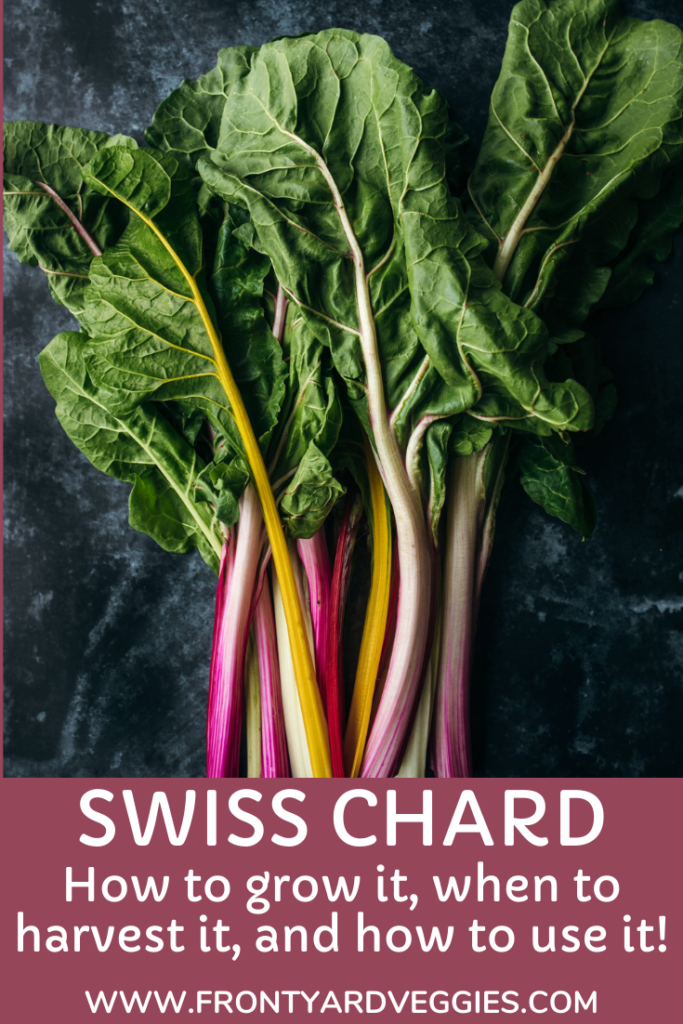

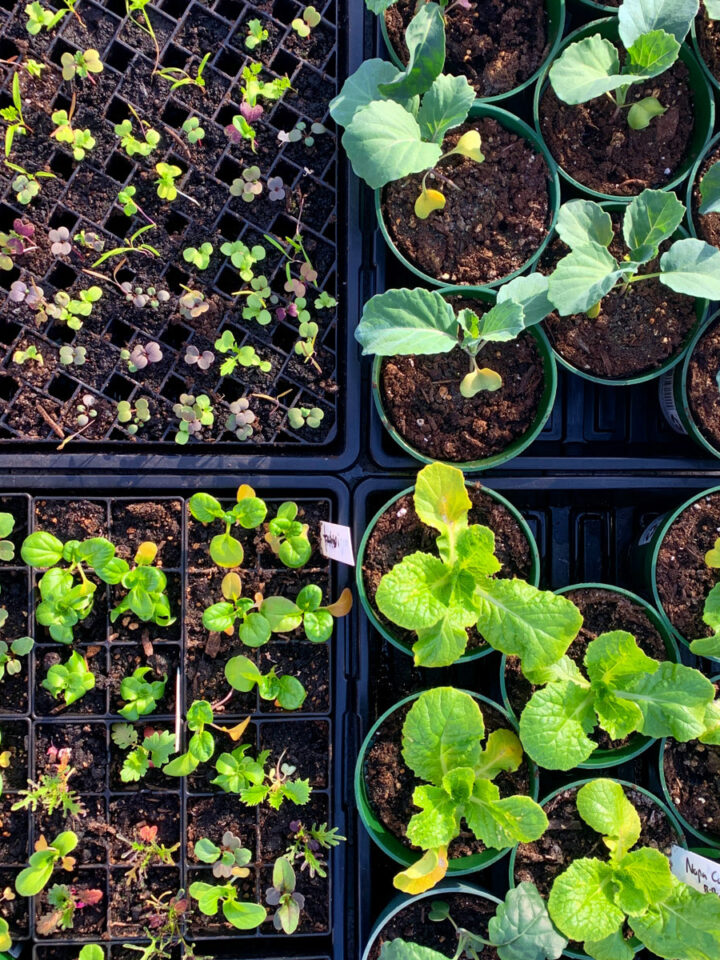

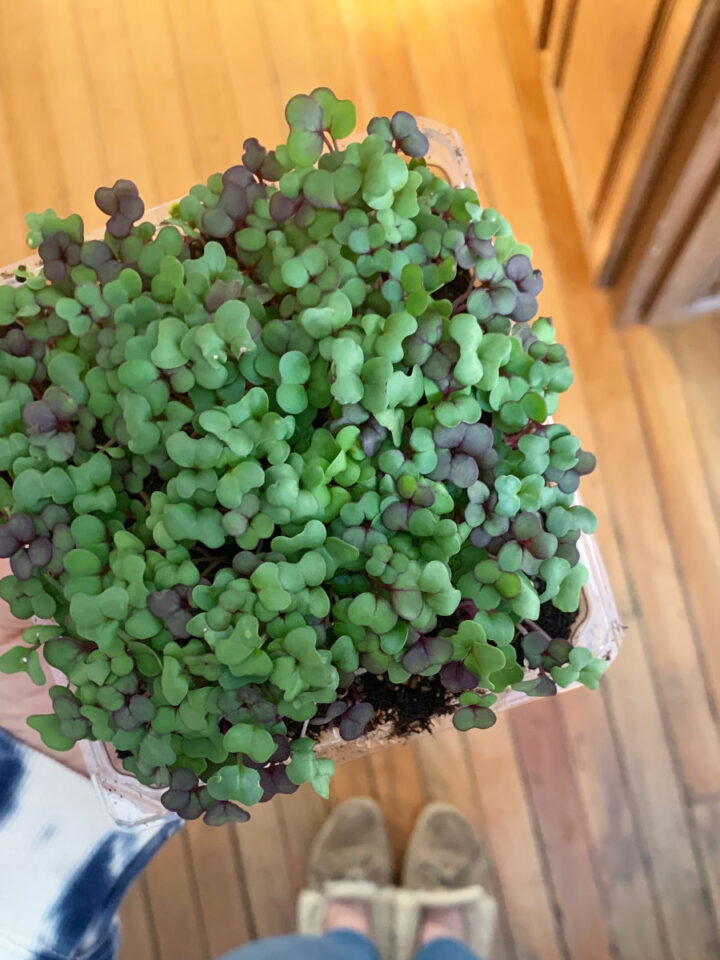
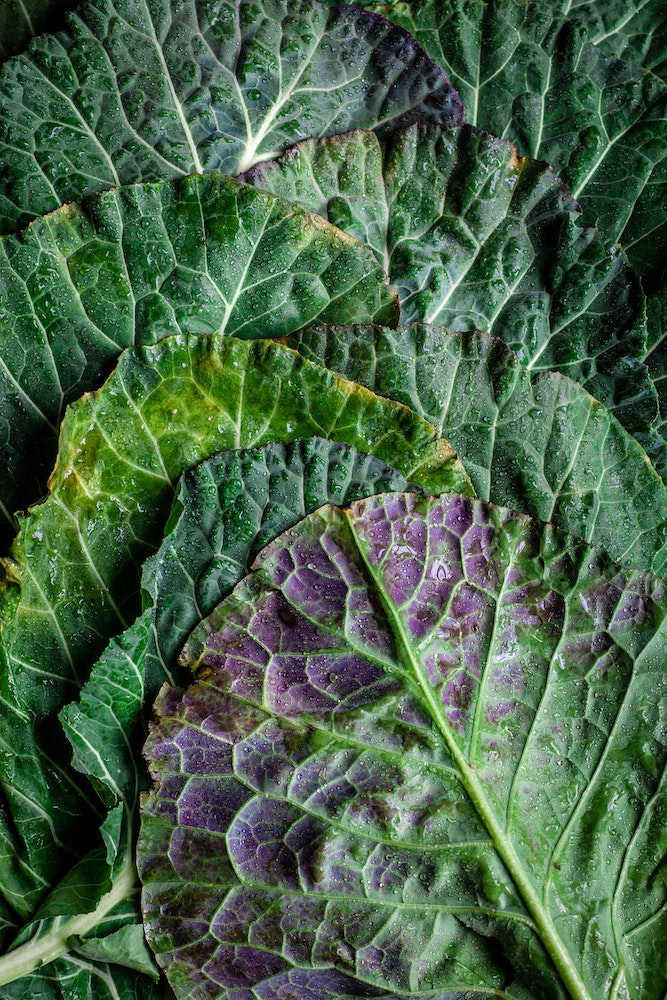
Leave a Reply